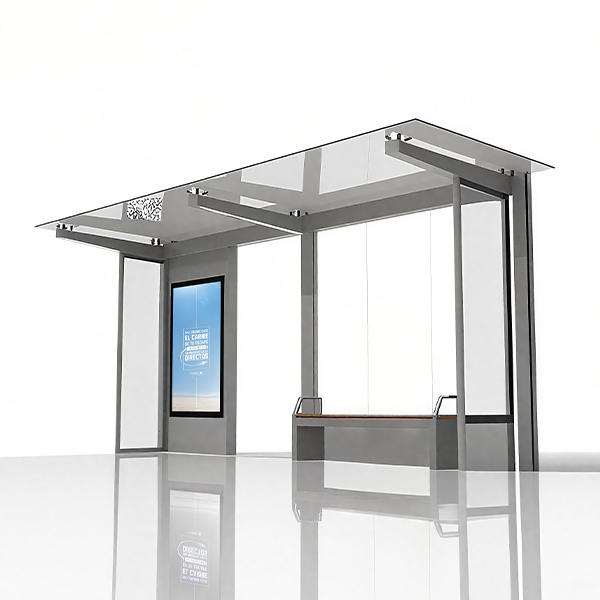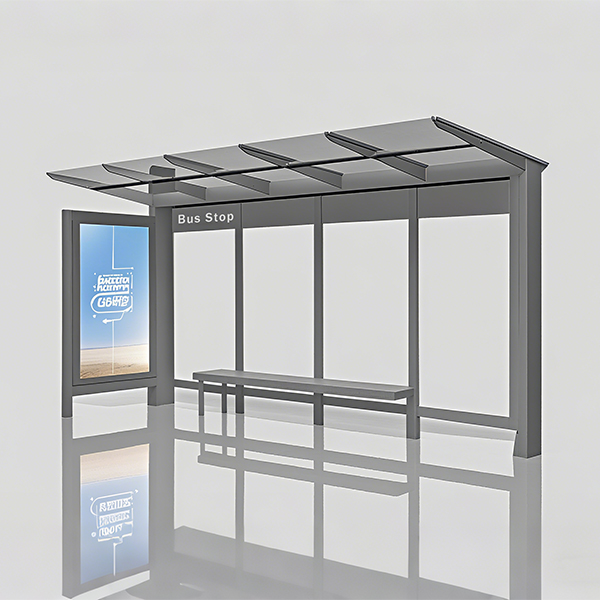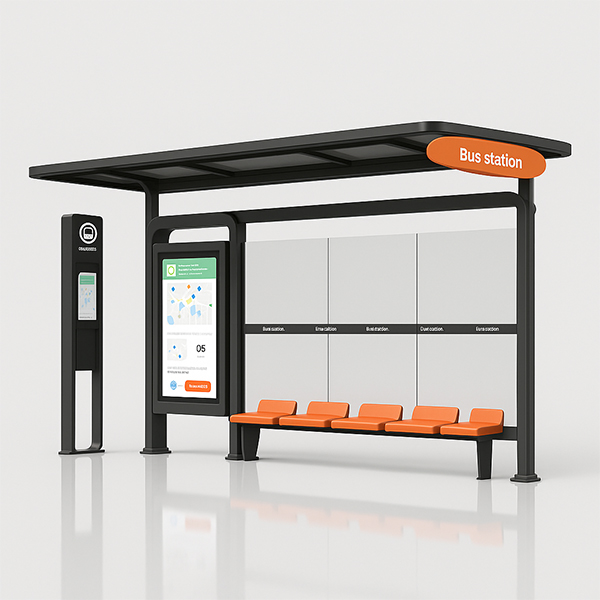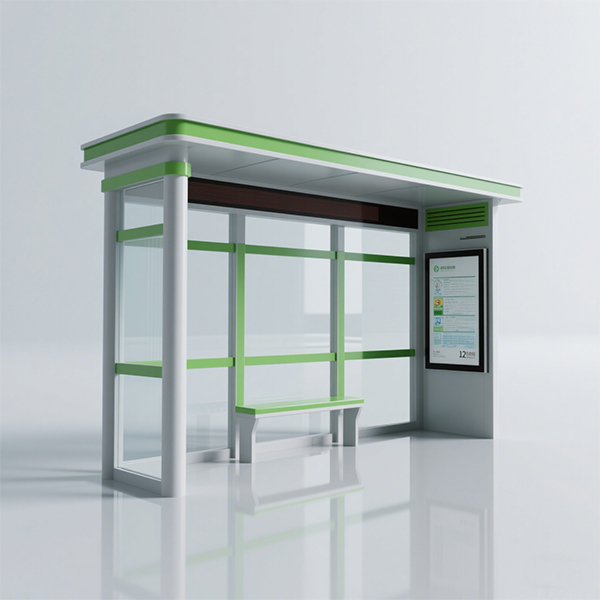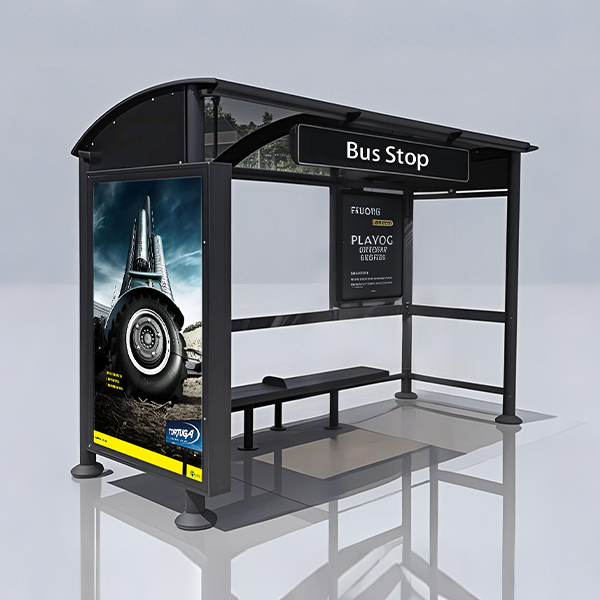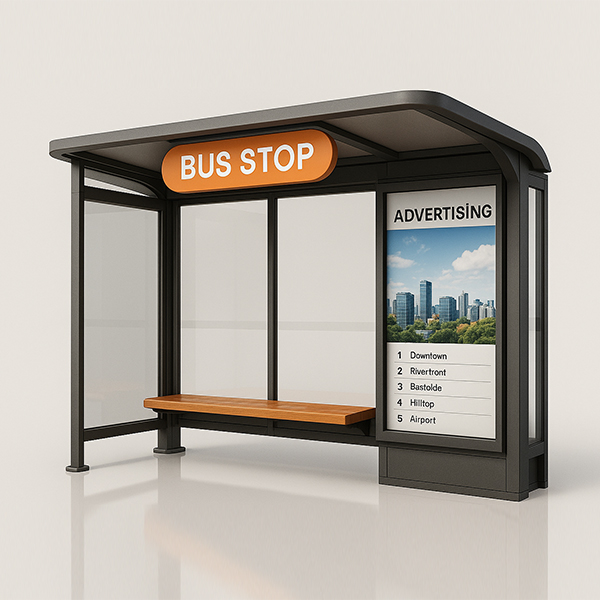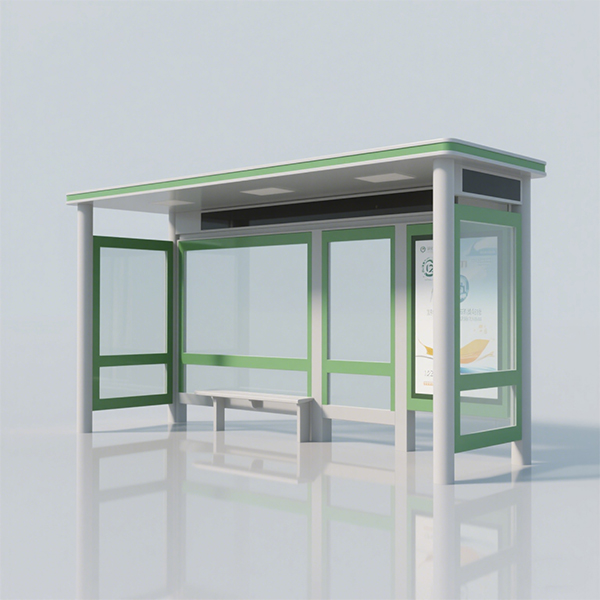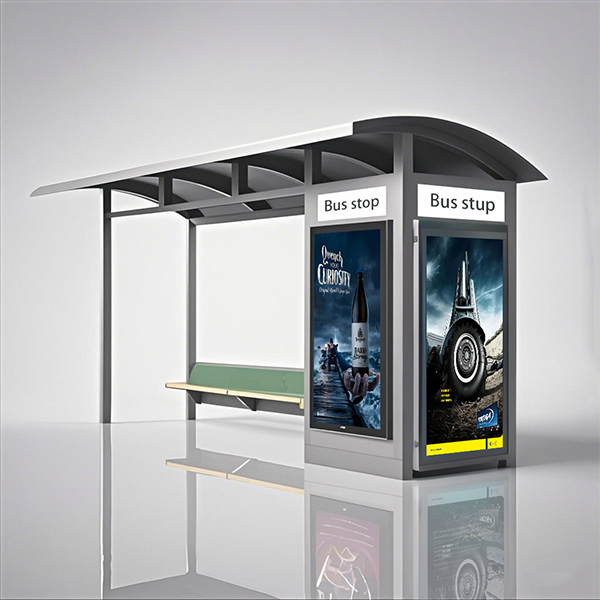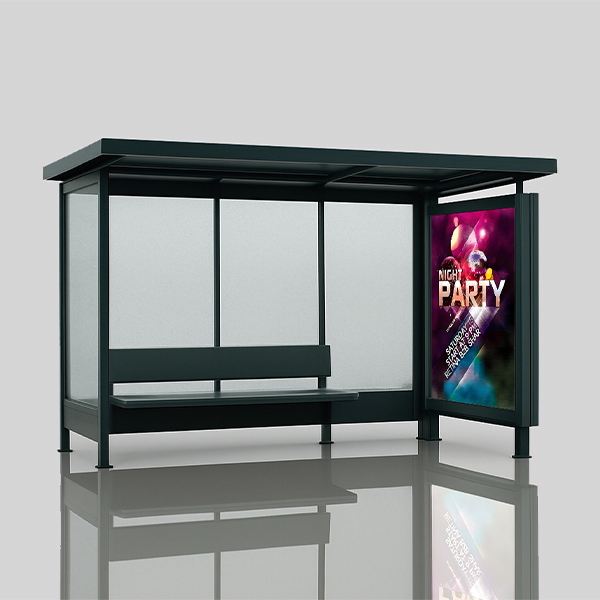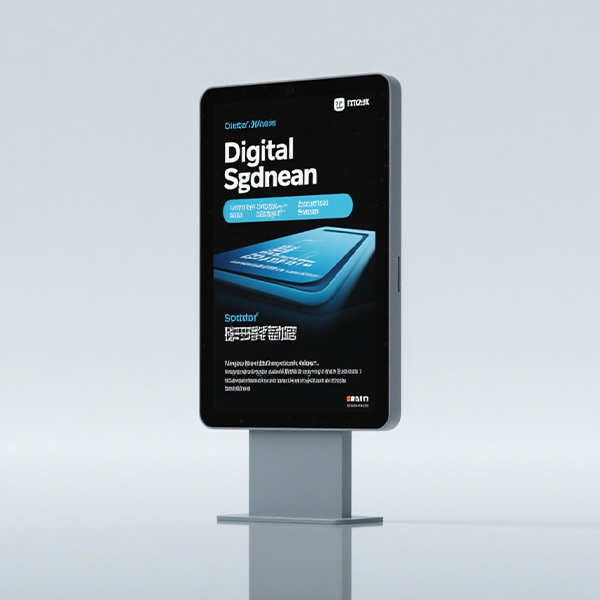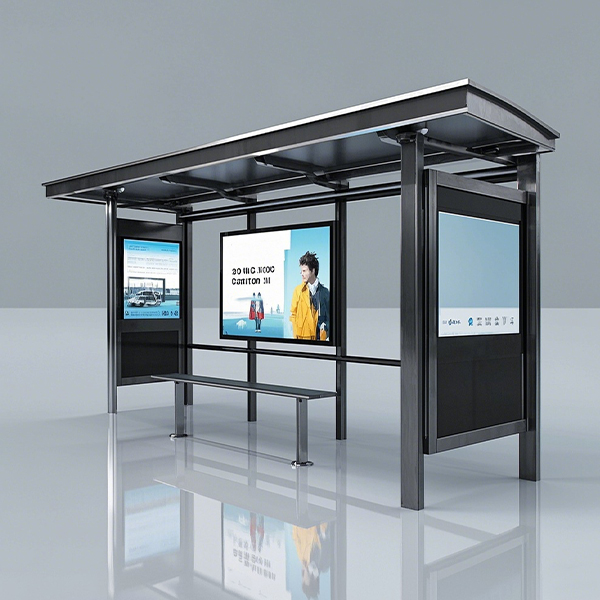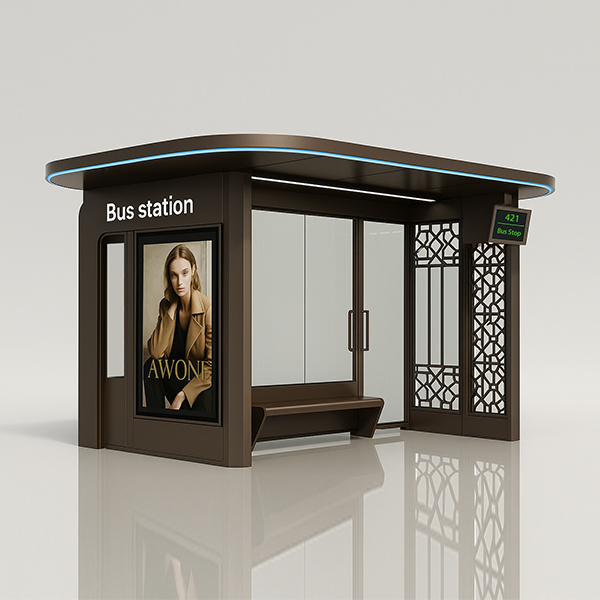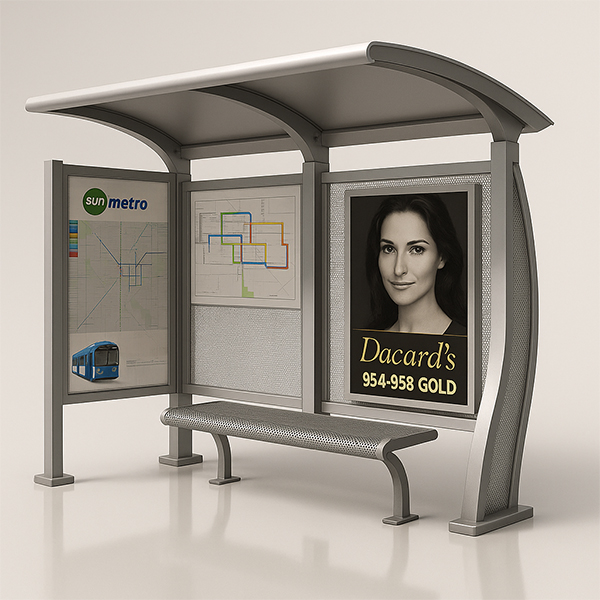
Aluminum Bus Shelter
This comprehensive guide explores the design, benefits, maintenance, and selection of aluminum bus shelters. Learn about the different types, materials, and features to consider when choosing the perfect shelter for your community or business. We'll cover everything from initial planning and installation to long-term upkeep and considerations for accessibility and sustainability.
Why Choose Aluminum for Bus Shelters?
Aluminum bus shelters offer a compelling combination of durability, aesthetics, and sustainability. Compared to traditional materials like steel, aluminum boasts superior corrosion resistance, requiring less maintenance and extending the lifespan of the shelter. Its lightweight nature simplifies installation, reducing both time and labor costs. Furthermore, aluminum is highly recyclable, aligning with environmentally conscious initiatives.
Durability and Longevity
Aluminum's inherent resistance to rust and decay translates to a significantly longer service life than shelters made from other metals. This durability minimizes the need for frequent repairs and replacements, resulting in long-term cost savings. High-quality aluminum bus shelters, often powder-coated for enhanced protection, can withstand harsh weather conditions for decades.
Aesthetic Appeal
Modern aluminum bus shelters are available in a variety of designs and finishes, allowing for seamless integration with existing urban landscapes. The material's versatility allows for customization, enabling the creation of shelters that reflect the unique character of a community or brand. Sleek lines and contemporary designs can enhance the overall aesthetic of a bus stop.
Sustainability and Environmental Impact
Aluminum is a highly recyclable material, making aluminum bus shelters an environmentally responsible choice. The reduced need for repairs and replacements over the shelter's lifespan further contributes to its sustainability. Many manufacturers prioritize the use of recycled aluminum in their production processes.
Types and Features of Aluminum Bus Shelters
The market offers a wide range of aluminum bus shelters, each with unique features and functionalities. Key factors to consider include size, design, seating, lighting, and advertising capabilities.
Size and Capacity
Shelter size should be determined by passenger volume and local regulations. Larger shelters accommodate more passengers, while smaller designs might be suitable for less frequented stops. Consider factors like wheelchair accessibility and sufficient standing room.
Design and Aesthetics
From sleek and modern to traditional and ornate, aluminum bus shelters come in diverse designs. Consider the architectural style of the surrounding area and choose a shelter that complements the overall aesthetic. The roof design, particularly its ability to withstand heavy snow or rain, is a critical consideration.
Seating and Amenities
Many shelters offer integrated seating, enhancing passenger comfort. Additional features might include integrated lighting, advertisements panels, and even digital displays for real-time transit information.
Selecting and Installing Your Aluminum Bus Shelter
Choosing the right aluminum bus shelter involves careful consideration of various factors. Working with experienced suppliers is crucial for a successful installation.
Choosing a Reputable Supplier
When selecting a supplier, prioritize experience, reputation, and customer service. Look for suppliers who offer a wide selection of shelters and can provide comprehensive support throughout the purchasing and installation process. Consider contacting Shandong Luyi Public Facilities Co., Ltd. for high-quality options.
Installation and Maintenance
Proper installation is crucial for ensuring the longevity and structural integrity of the shelter. Many suppliers offer professional installation services, which are recommended to ensure the shelter is properly anchored and meets safety regulations. Regular maintenance, including cleaning and occasional inspections, will help maintain the shelter’s appearance and functionality for years to come.
Comparing Aluminum Bus Shelters: A Quick Overview
| Feature | Aluminum | Steel |
|---|---|---|
| Corrosion Resistance | Excellent | Susceptible to rust |
| Weight | Lightweight | Heavyweight |
| Maintenance | Low | High |
| Recyclability | High | Moderate |
Remember to always consult with local building codes and regulations before purchasing and installing any aluminum bus shelter. Proper planning and collaboration with experienced suppliers will ensure a safe, functional, and aesthetically pleasing addition to your community.
Соответствующая продукция
Соответствующая продукция







